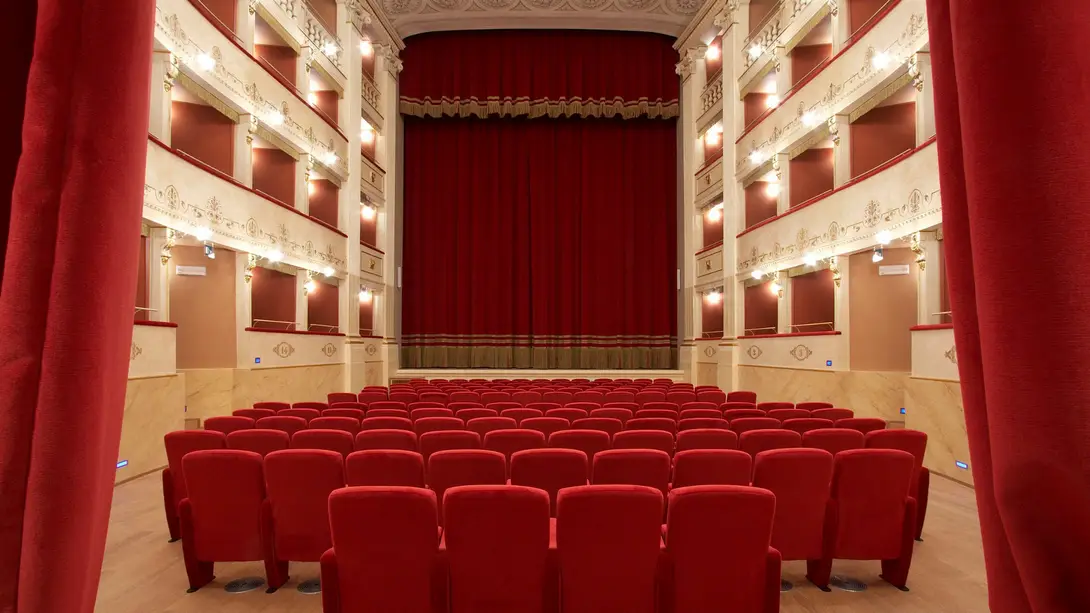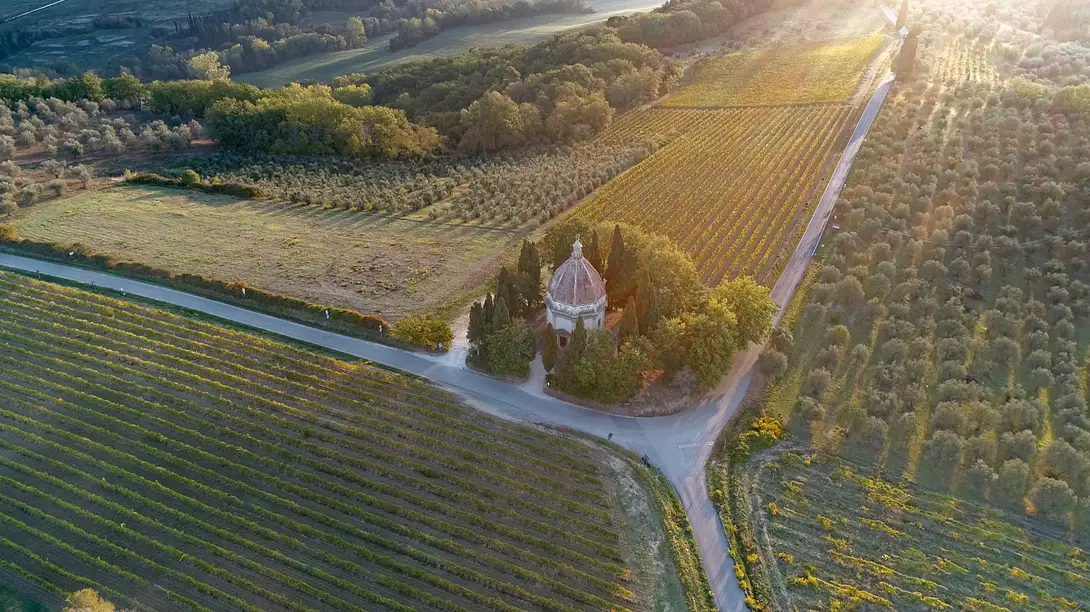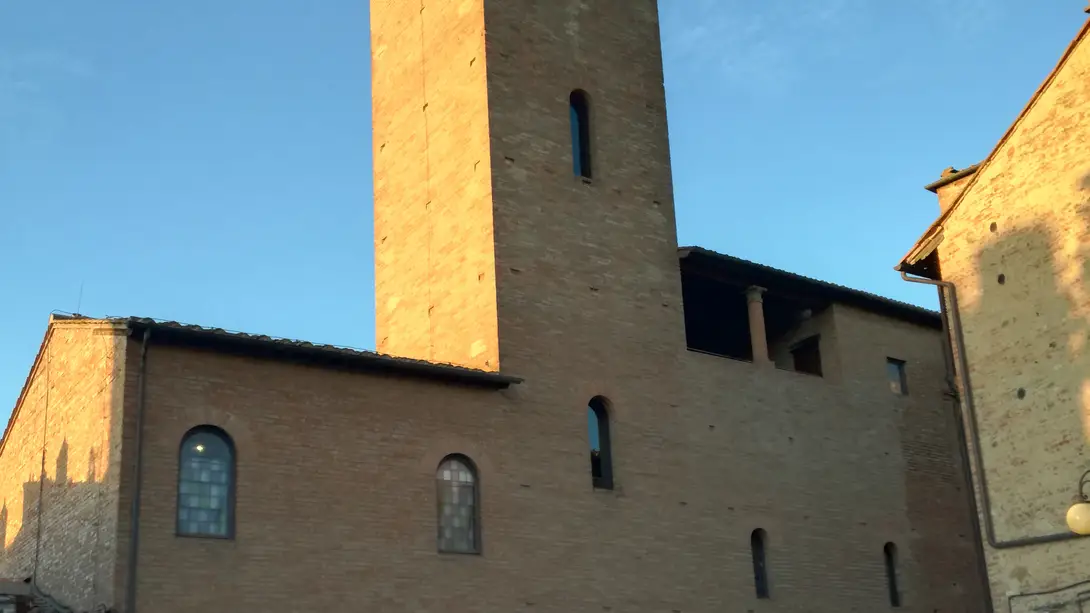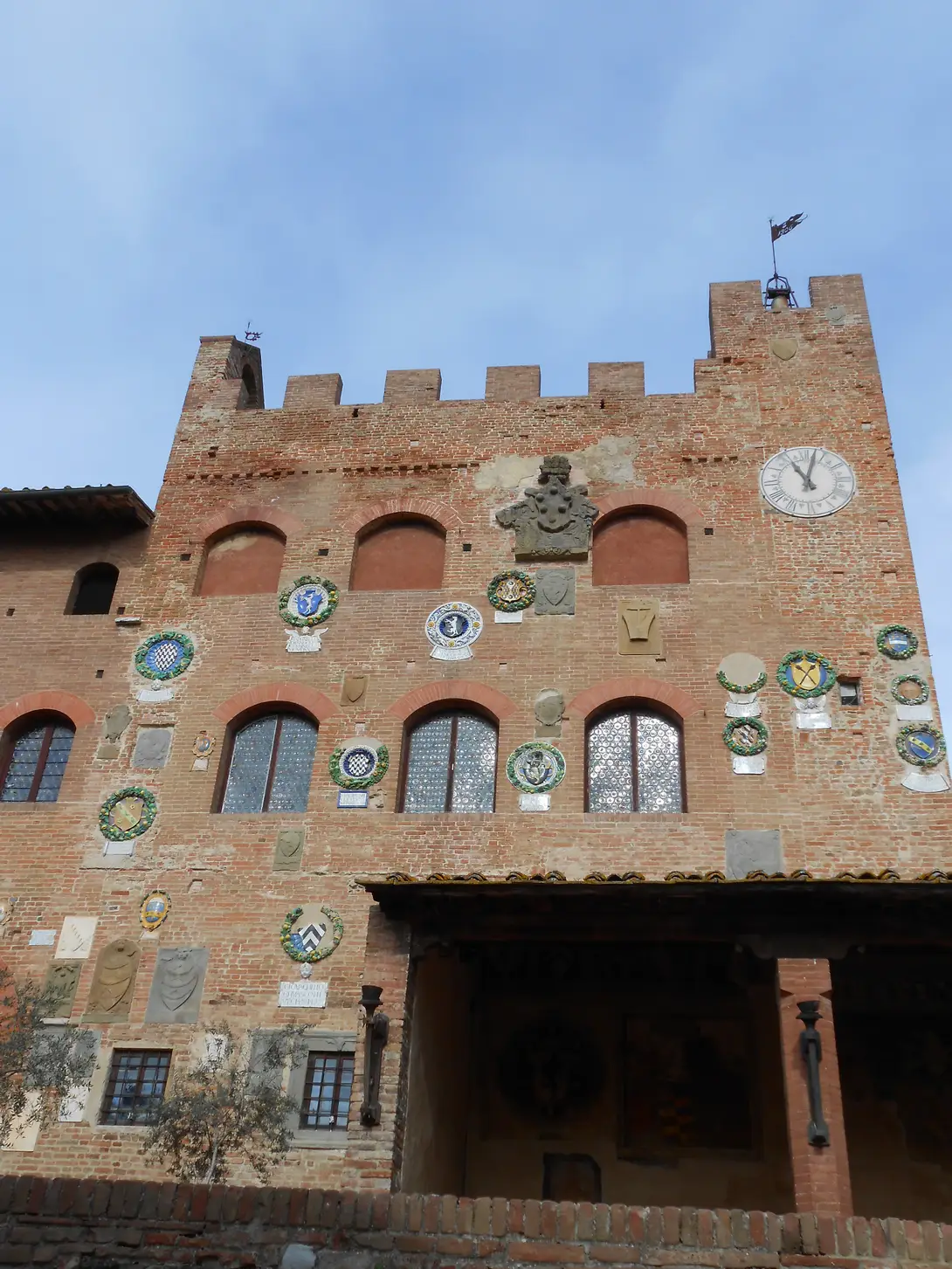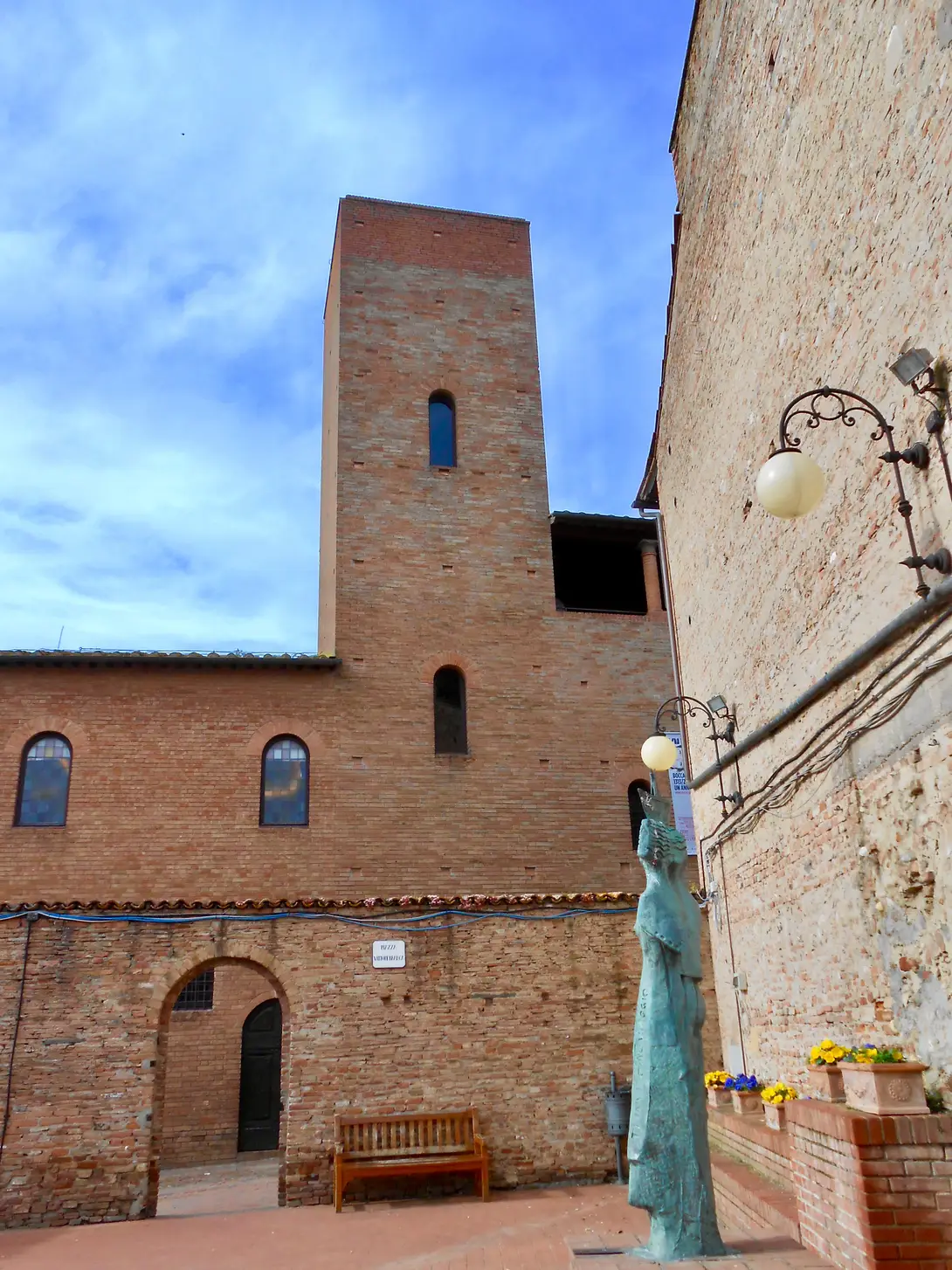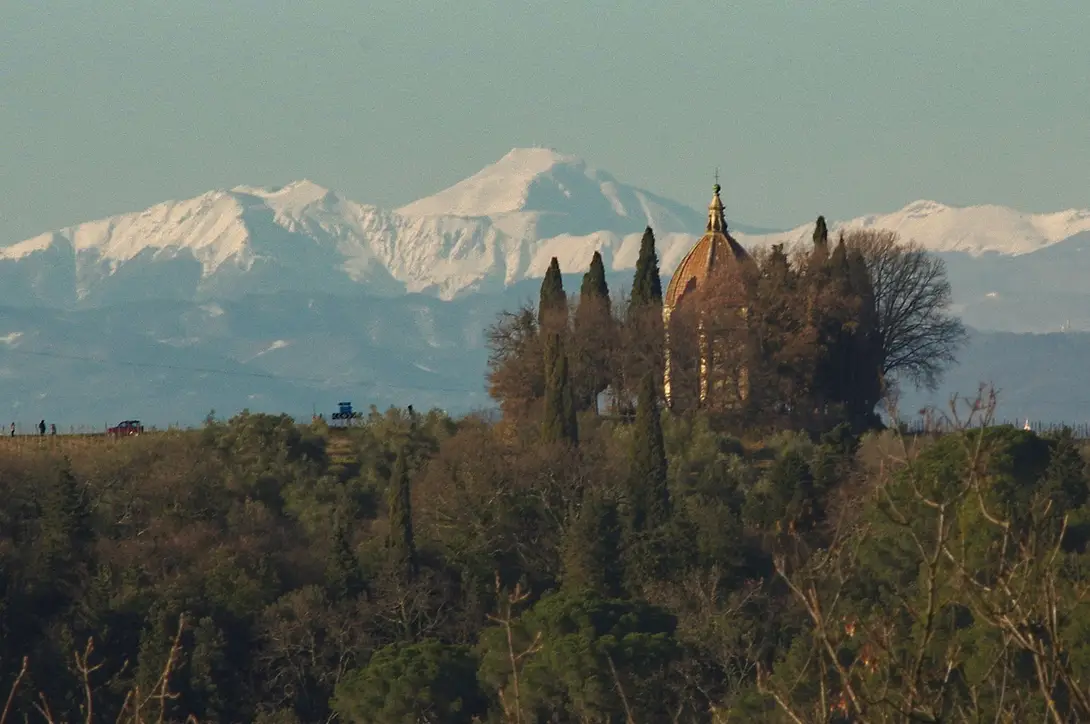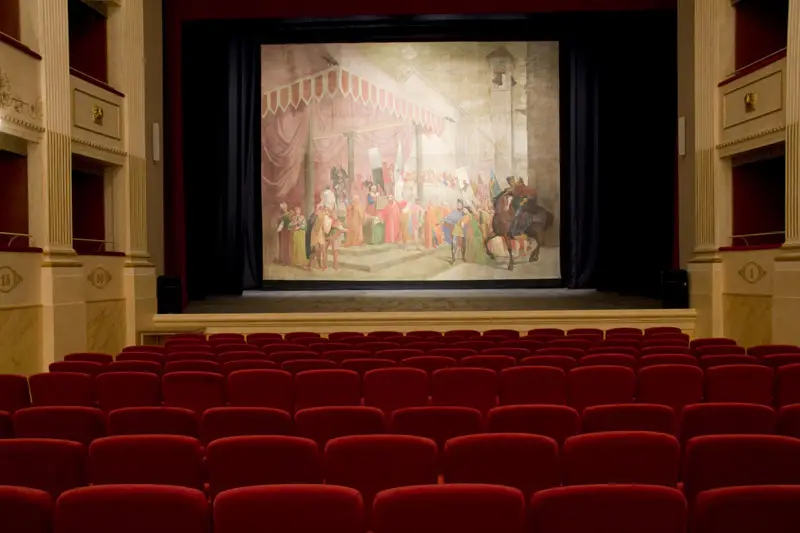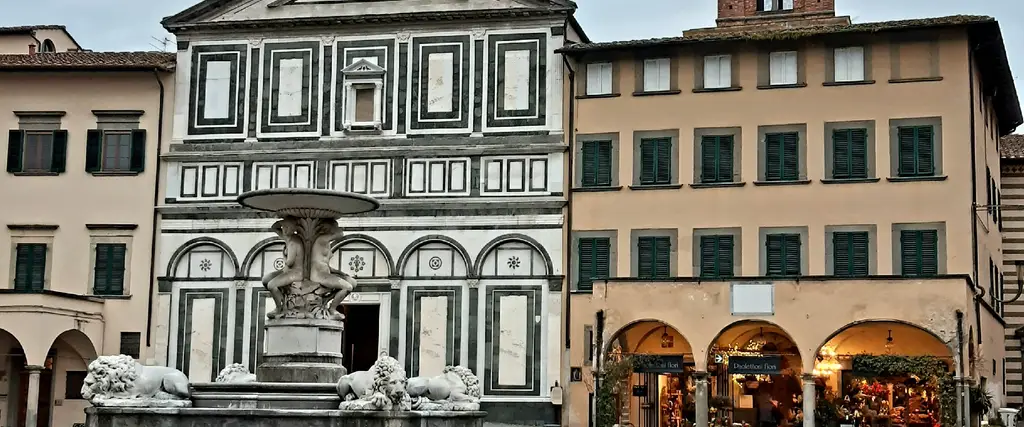
Route of Dante's places in the Empolese Valdelsa and Montalbano area
This route winds through a few places, mainly located in the Empolese Valdelsa area, that recall events and characters linked to the Supreme Poet.
Let's start with the capital of the Empolese area: namely Empoli. The main square in the old town is dedicated to Farinata degli Uberti; who was he? His actual name was Manente degli Uberti and he lived in Florence in the 13th century. An aristocrat and Ghibelline leader, during the congress of Empoli, following the Florentine defeat of Montaperti, it was Farinata who defended Florence from the wrath of the Sienese who wanted to raze the city to the ground.
In his Comedy, Dante places Farinata among the heretics and, although they were political opponents, he recognises his valour and courage, picturing him in one of the most evocative portraits of the whole poem.
Now we move a little more south, to Castelfiorentino where, on November 23 1260, Florence and Siena sealed a peace deal after the battle ofMontaperti. The curtain of the Teatro del Popolo di Castelfiorentino remembers this event with the 19th century painting which adorns it, a work by the Sienese painter Dario Maffei.
Even the fortified village of Semifonte was mentioned by Dante; because of its rebellion against the Florentine hegemony, it was razed to the ground after a long siege. All that remains there today is the chapel of Saint Michael the Archangel, built in the 16th century with the proportions of Brunelleschi's Dome.
Certaldo, the famous hamlet that was the birthplace of Giovanni Boccaccio, at that time was a feud of the Alberti family, supporters of the Emperor who opposed the Florentine policies of expansion into the Valdelsa area. After submitting to the Tuscan capital, many Certaldo citizens emigrated to Florence, fueling inner contrasts and discords that Dante condemns in the Comedy by the mouth of Cacciaguida.
Giovanni Boccaccio was Dante's first biographer and the one who first read the Divine Comedy's verses in public; in Certaldo you can visit Boccaccio's birthplace, preserving a precious library and relics of the time.
The route ends in Fucecchio, at the far eastern end of the Florentine province; here some documents show that Dante's father worked as a prosecutor in a lawsuit involving the abbot of the San Salvatore church, still standing today in the old town of Fucecchio, on the Poggio Salamartano hillock.
Città Metropolitana di Firenze
The places
Stages
Teatro del Popolo Castelfiorentino
In 1865, on a piece of land granted for free by the Municipality, a group of people gathered in an Association promoting the theatre to create a structure at Castelfiorentino. With its horseshoe-shaped plan, a seating area and three kinds of boxes, the Theatre was built according toengineer Gaetano Niccoli’s project and was inaugurated on the 26th of December 1867 with the performance of Bellini’s Norma.
The need to modernize it was felt as early as the first years of the Twentieth Century, with many projects which were put into effect only in 1929, when futurist architect Virgilio Marchi improved its acoustics, visibility, stage, modernizing its lighting system, furnishings and decorations, and built the gallery: after these works, no other significant works were carried out until the 1960s.
The last restoration workscarried out in the 1990s were aimed at preserving the ground floor and the hall with their historic interiors, while a more accentuated contemporary connotation was given to other parts of the complex (for example, ticket office, cloakroom, foyer on the second floor), where there was the need to develop new details and furnishings.
Semifonte
Semifonte, from Summo Fons, is a place in the heart of the Valdelsa, crossroads of the main trade routes of the Middle Ages. It was then, in the mid 12th century, when Federico Barbarossa came to Italy to make the Italian municipalities subjugate to the imperial power, that the Alberti counts, lords of Prato who were loyal to the emperor, decided to establish a settlement in this strategic place.
From its position Semifonte prevented Florence from expanding its supremacy over the Francigena route and the goods that were tranported there: the city acquired such importance as to be mentioned by Dante in his Comedy.
The contrast between Semifonte and Florence drove the Florentines to declare war on the rival and, after four years of siege, they razed the city to theground and its castle to its foundations, issuing in 1203 a total ban on reconstruction in the same location.
At the end of the 16th century, Giovan Battista Capponi, Canon of Santa Maria del Fiore, asked the Grand Duke Ferdinando I de' Medici to waive the ban of three centuries earlier, so that a chapel could be built in the place where the Semifonte castle originally stood. The architect Santi di Tito created, in the following years, a small temple dedicated to Saint Michael theArchangel that faithfully reproduces, in 1:8 scale, the Dome of theFlorence cathedral: the symbol of Florence was now thus ruling the lands that had rebelled in the past against its power.
Casa del Boccaccio
The building where Giovanni Boccaccio – who was born in Certaldo in 1313 – is traditionally thought to have lived has been rebuilt after being damaged in the Second World War. It is now occupied by a museum and a specialist library devoted to the life and works of Boccaccio.
The library has a number offine illustrated editions of the poet’s great masterpiece, the Decameron, which was written between 1349 and 1351 and became celebrated principally as a result of some humorous, bawdy novellas.
Piazza Vittorio Veneto Fucecchio
Piazza Vittorio Veneto Fucecchio
